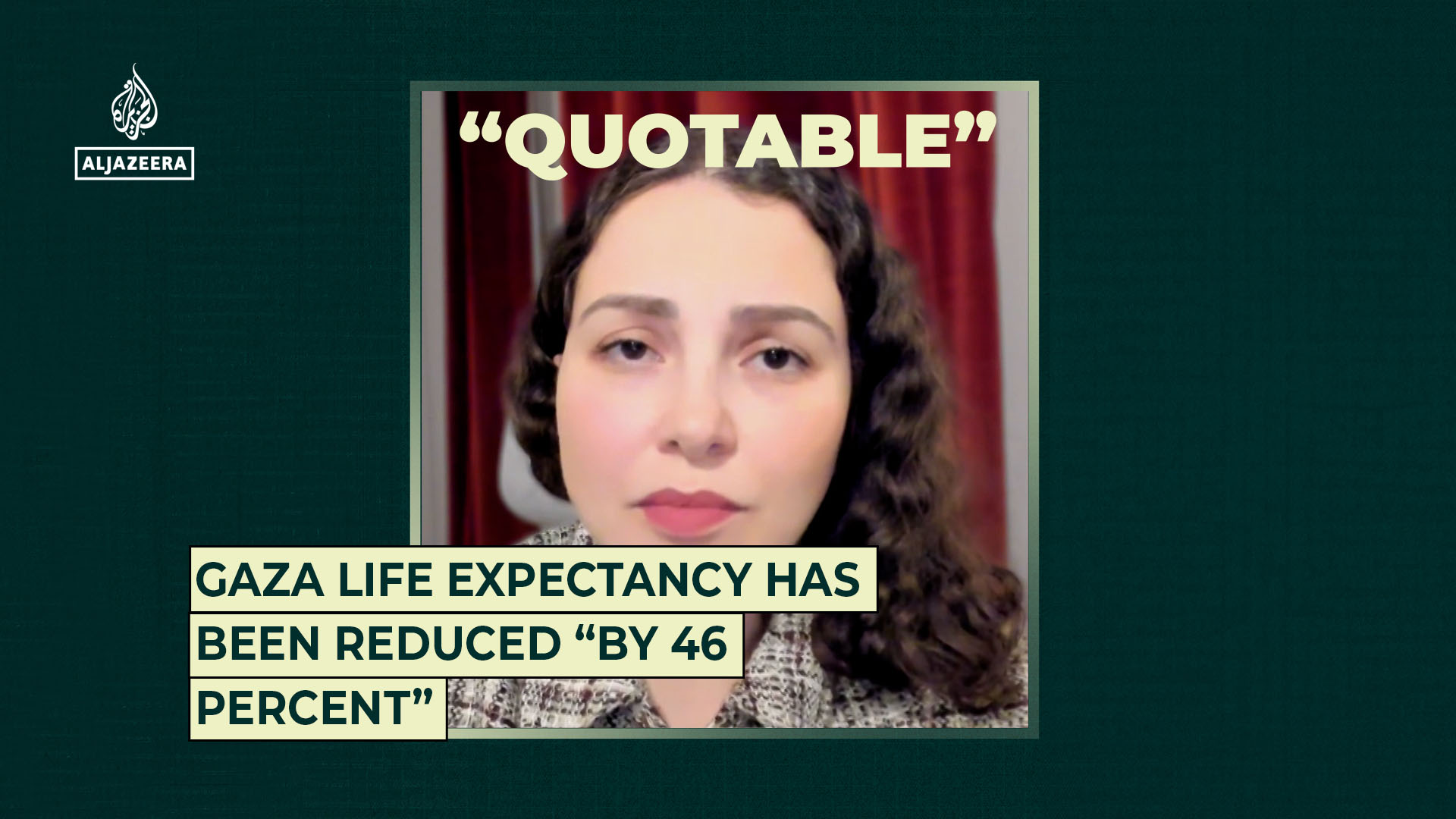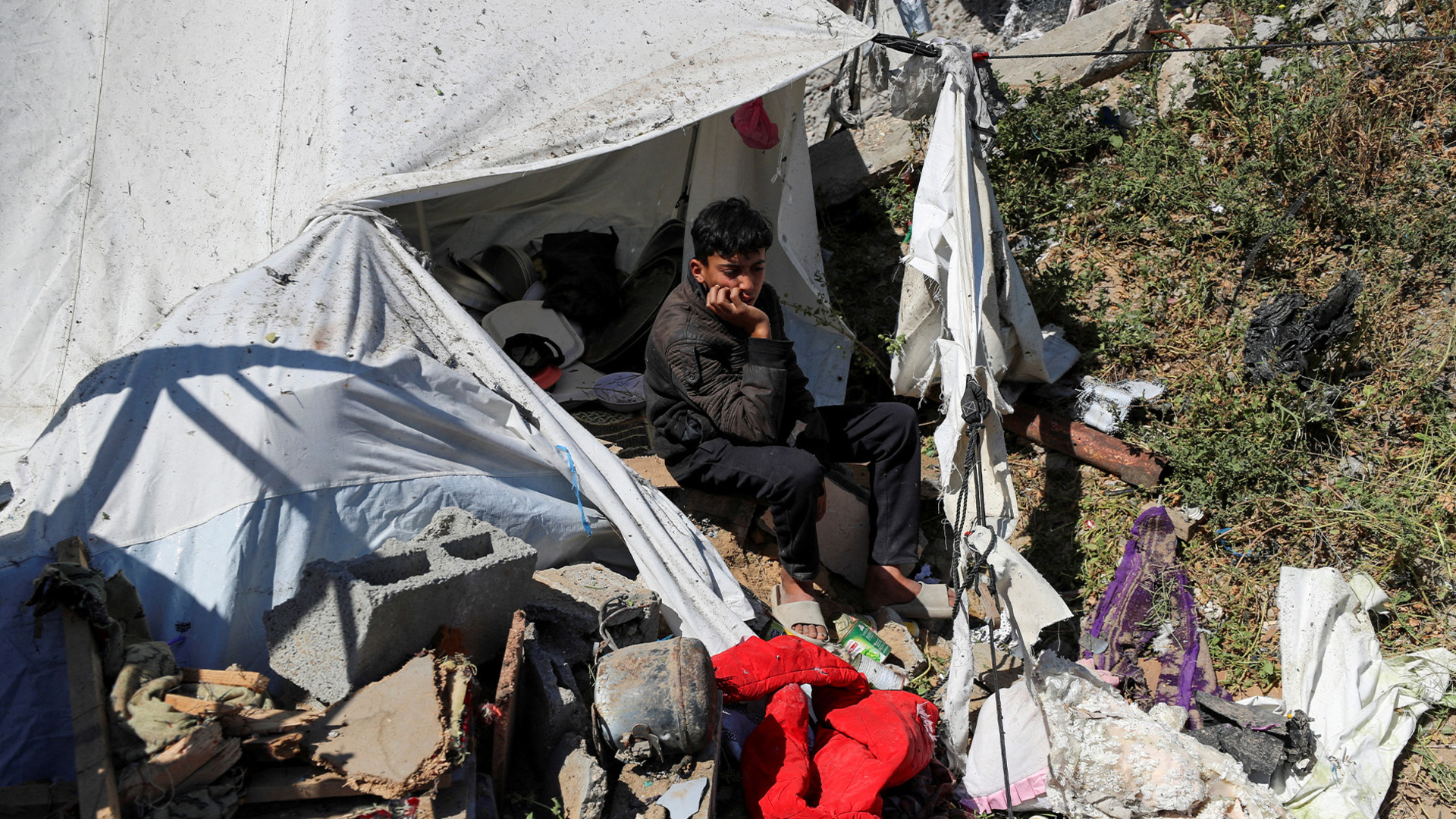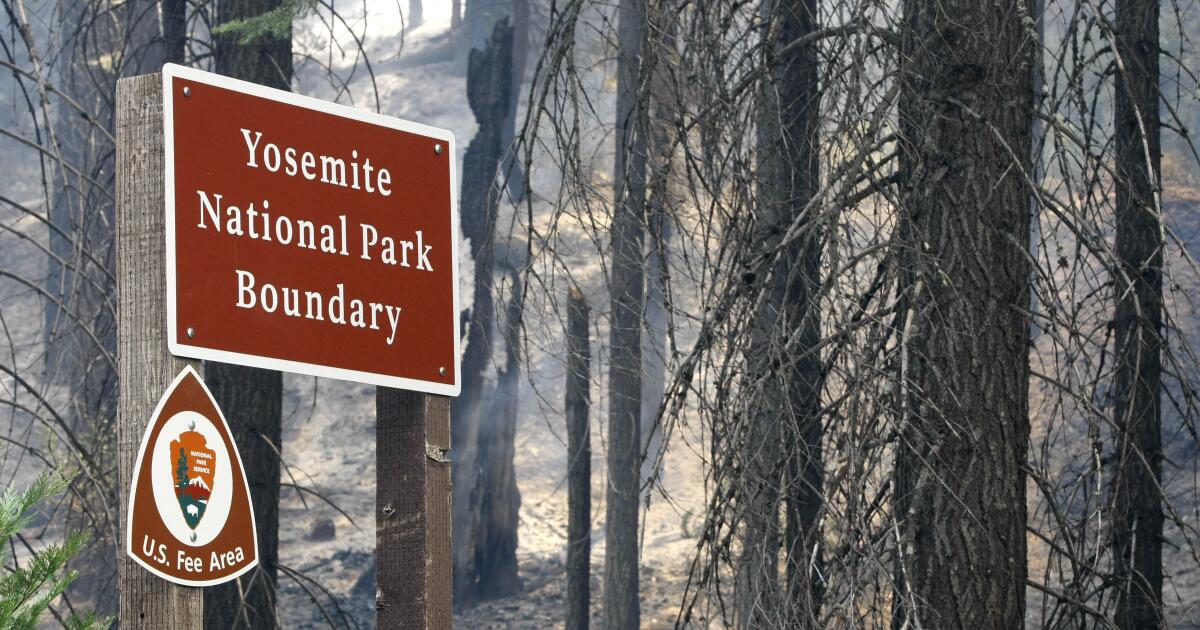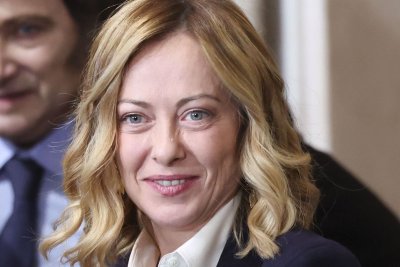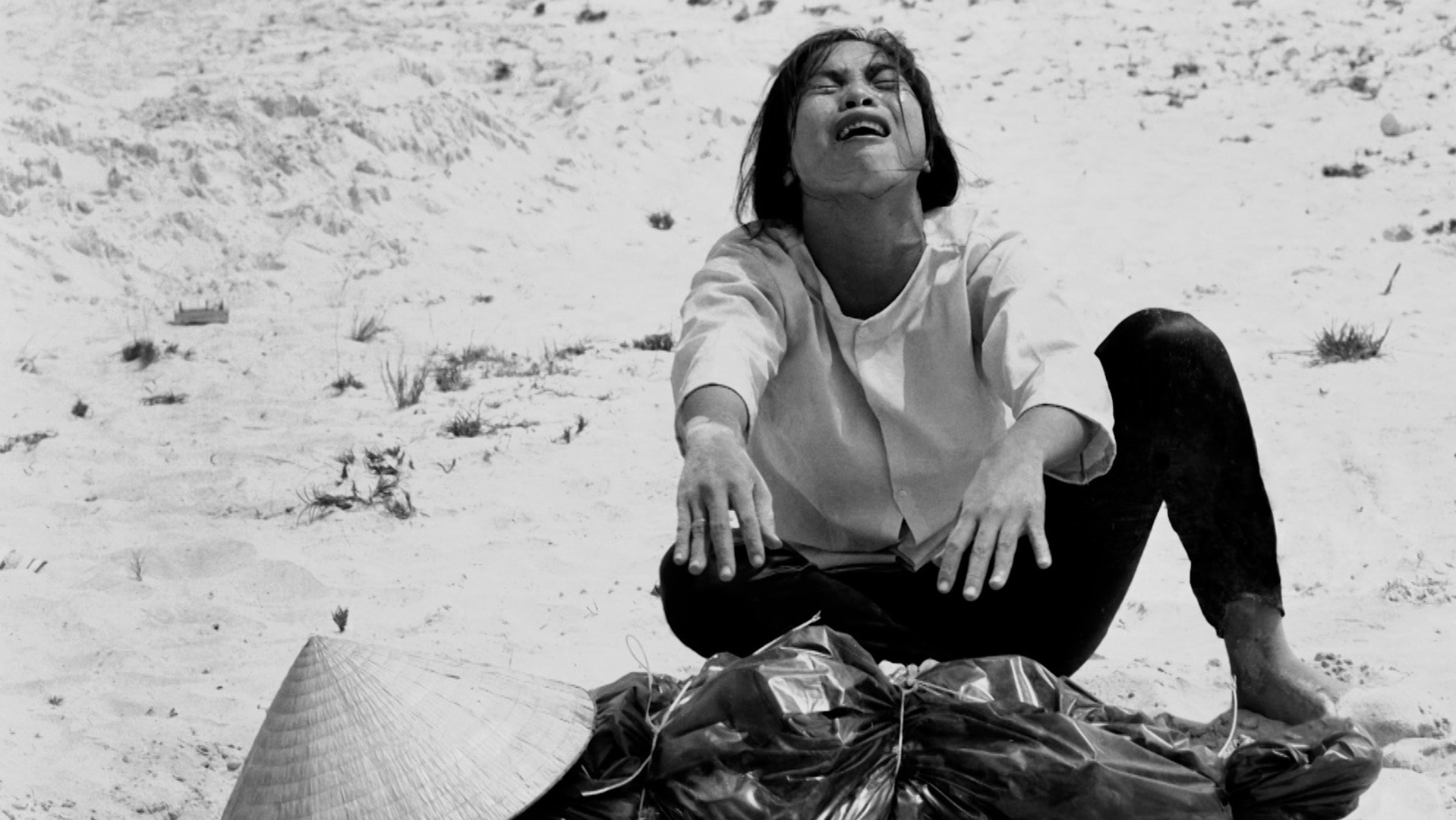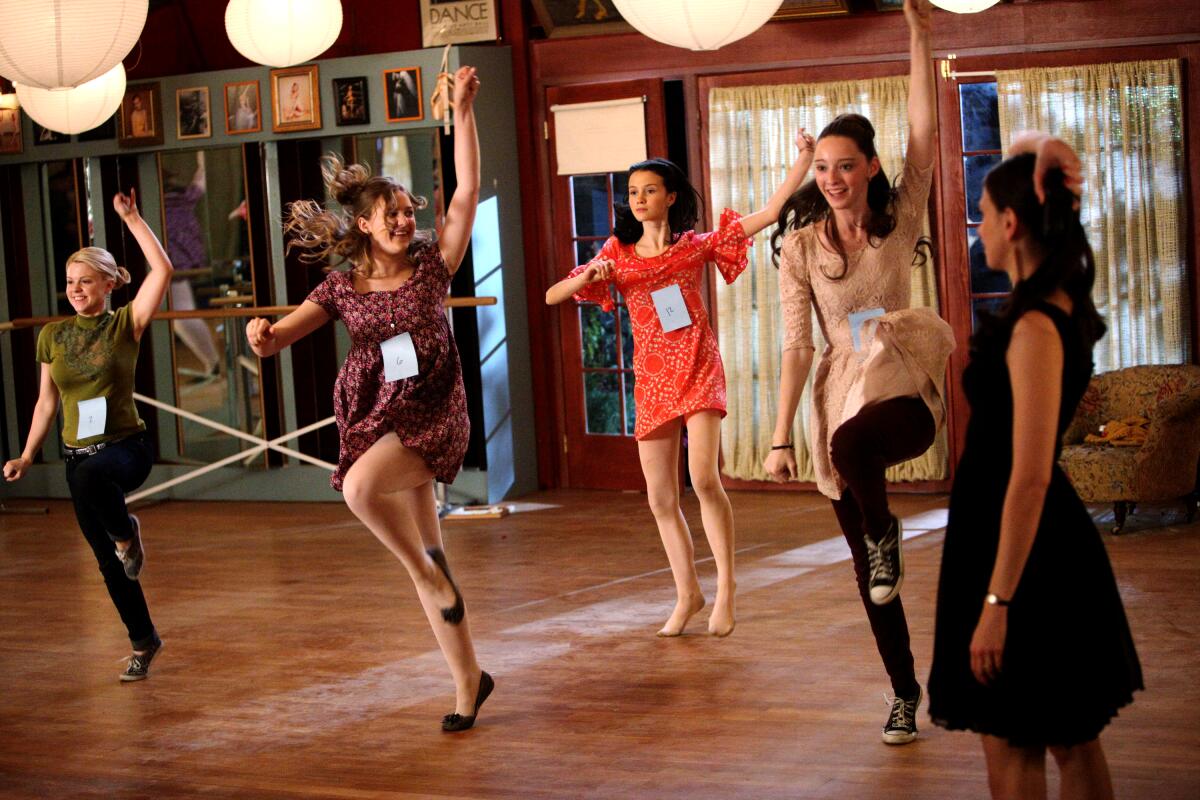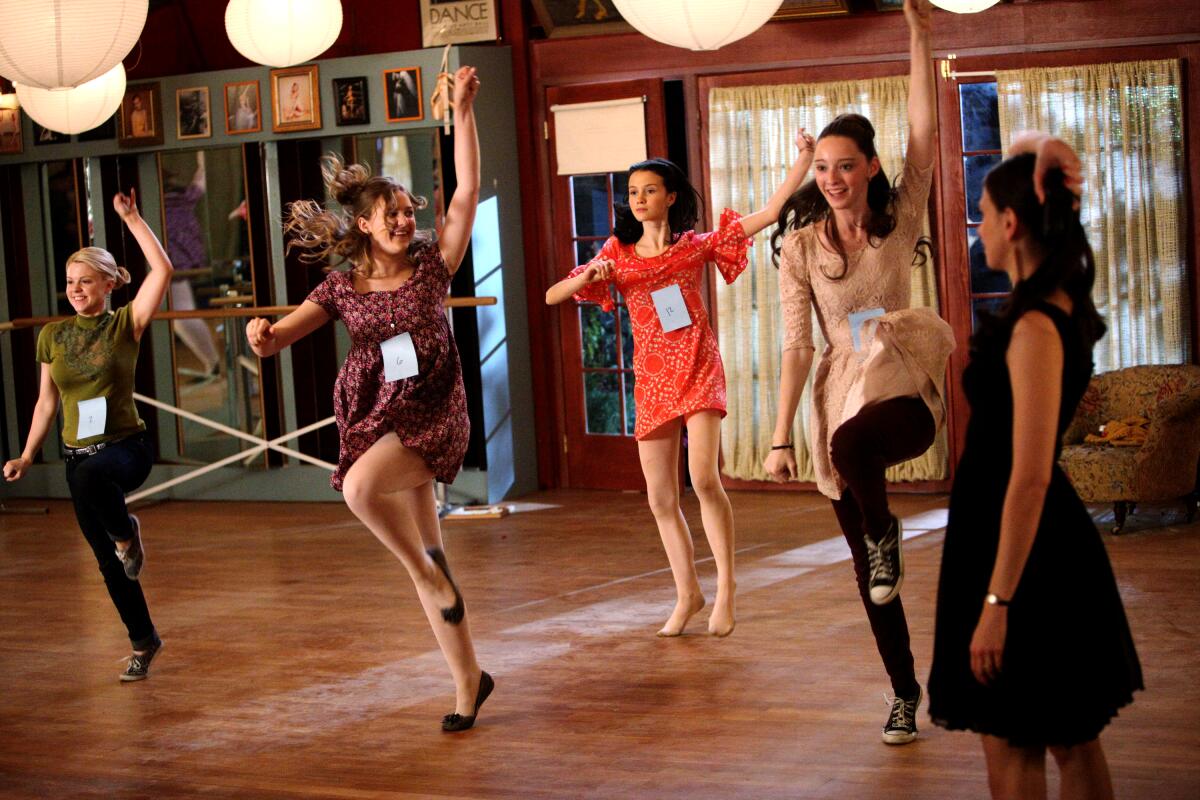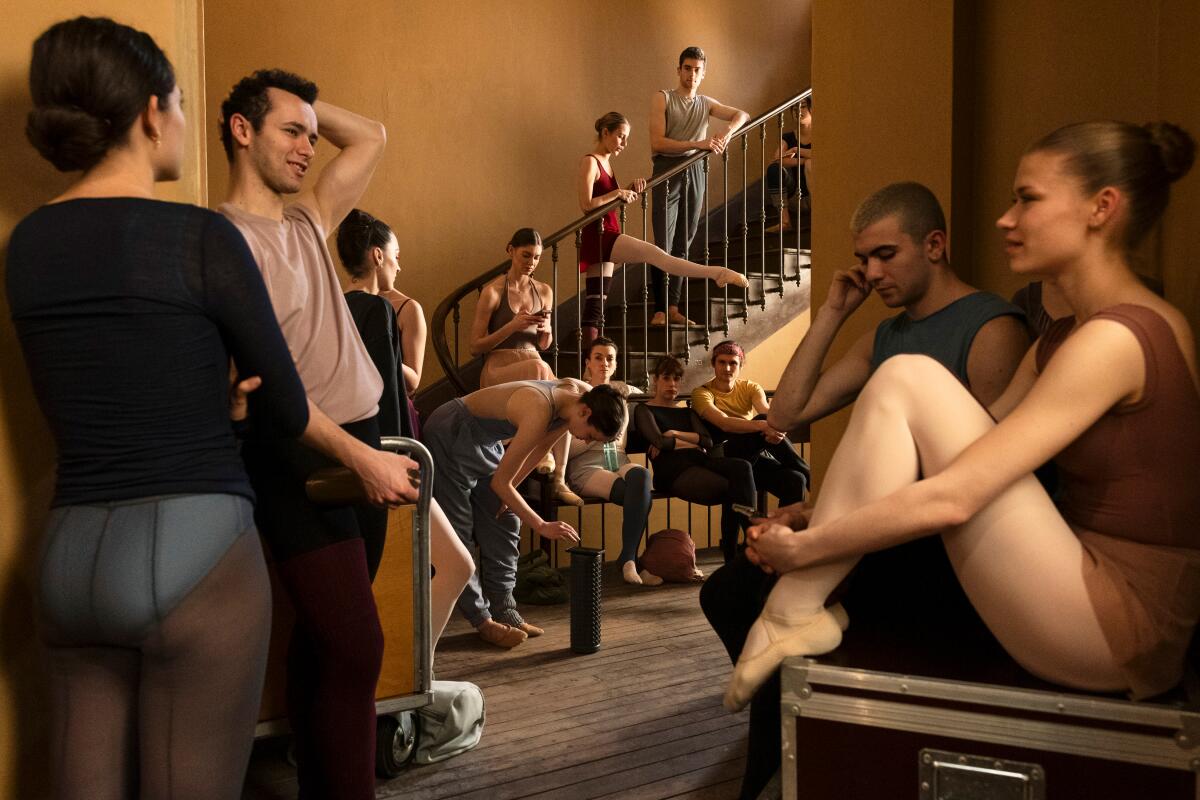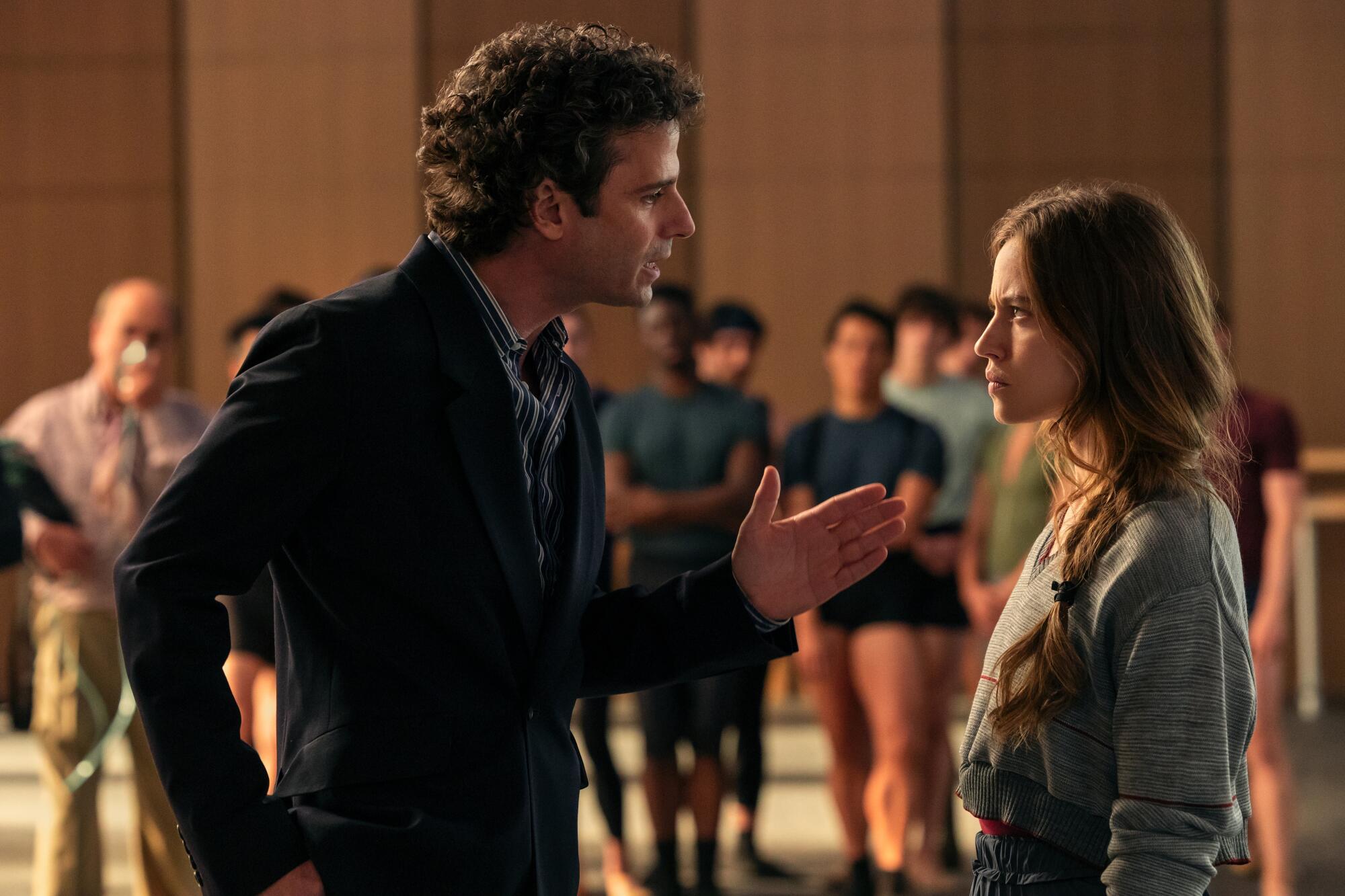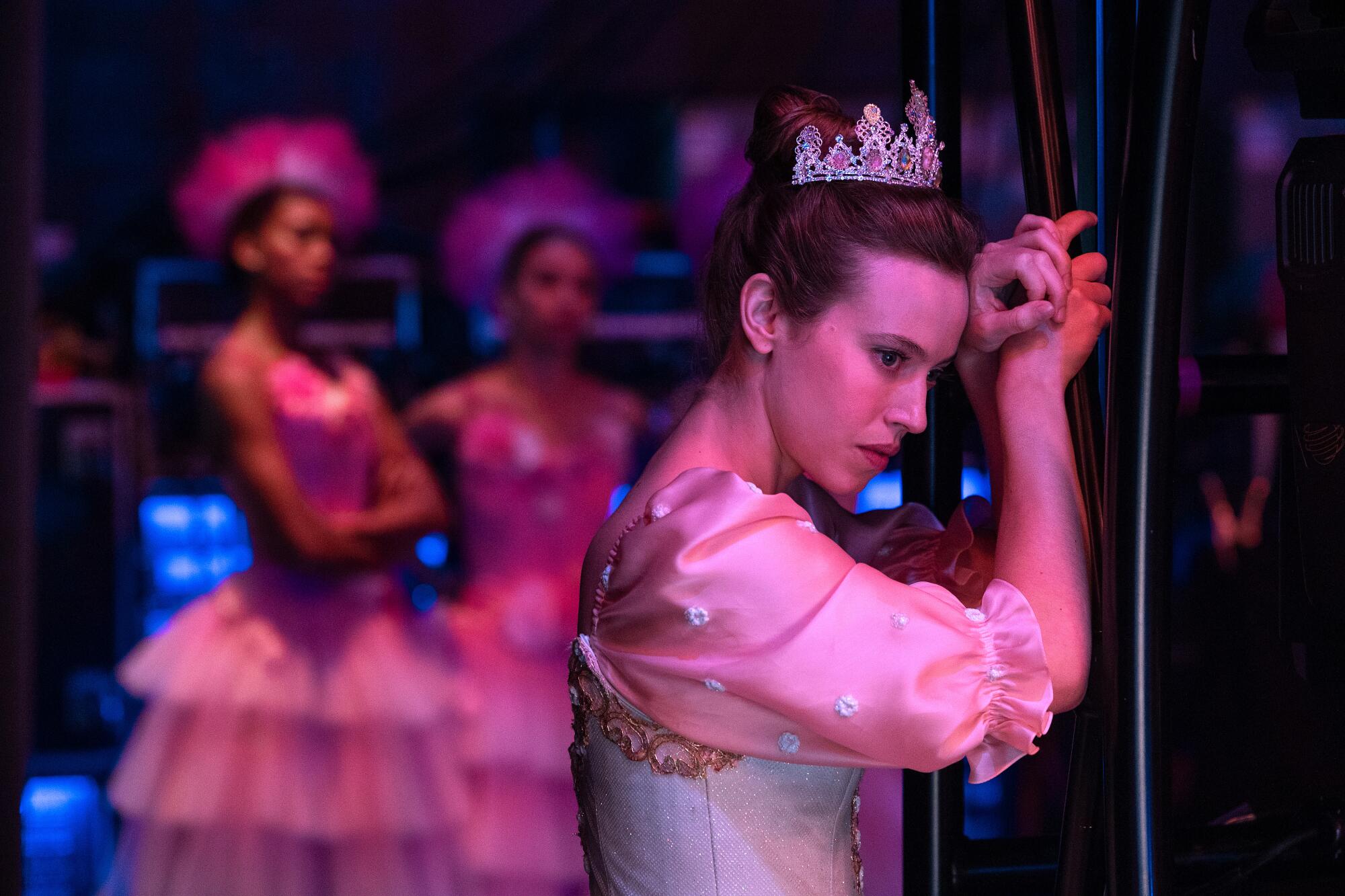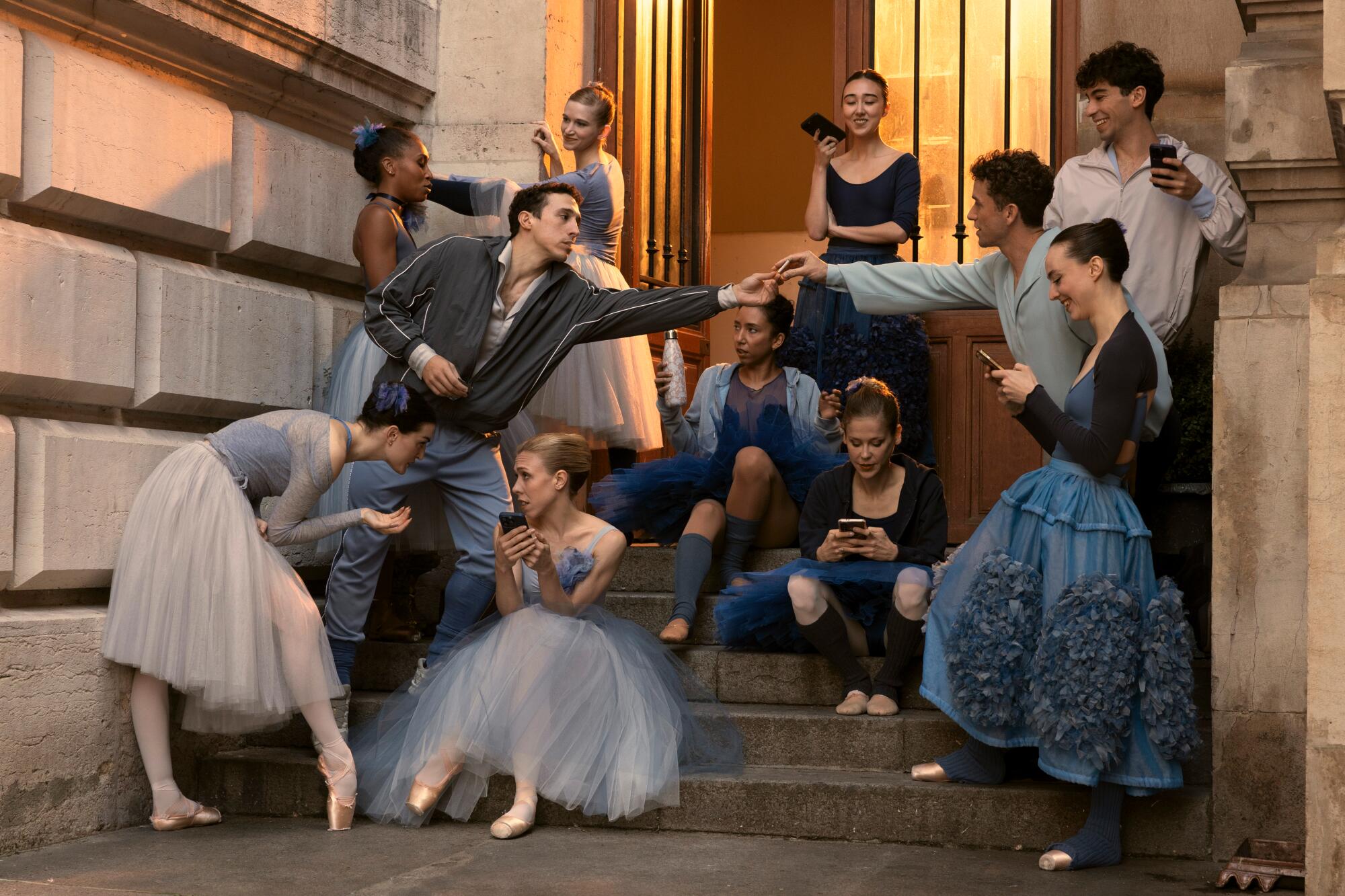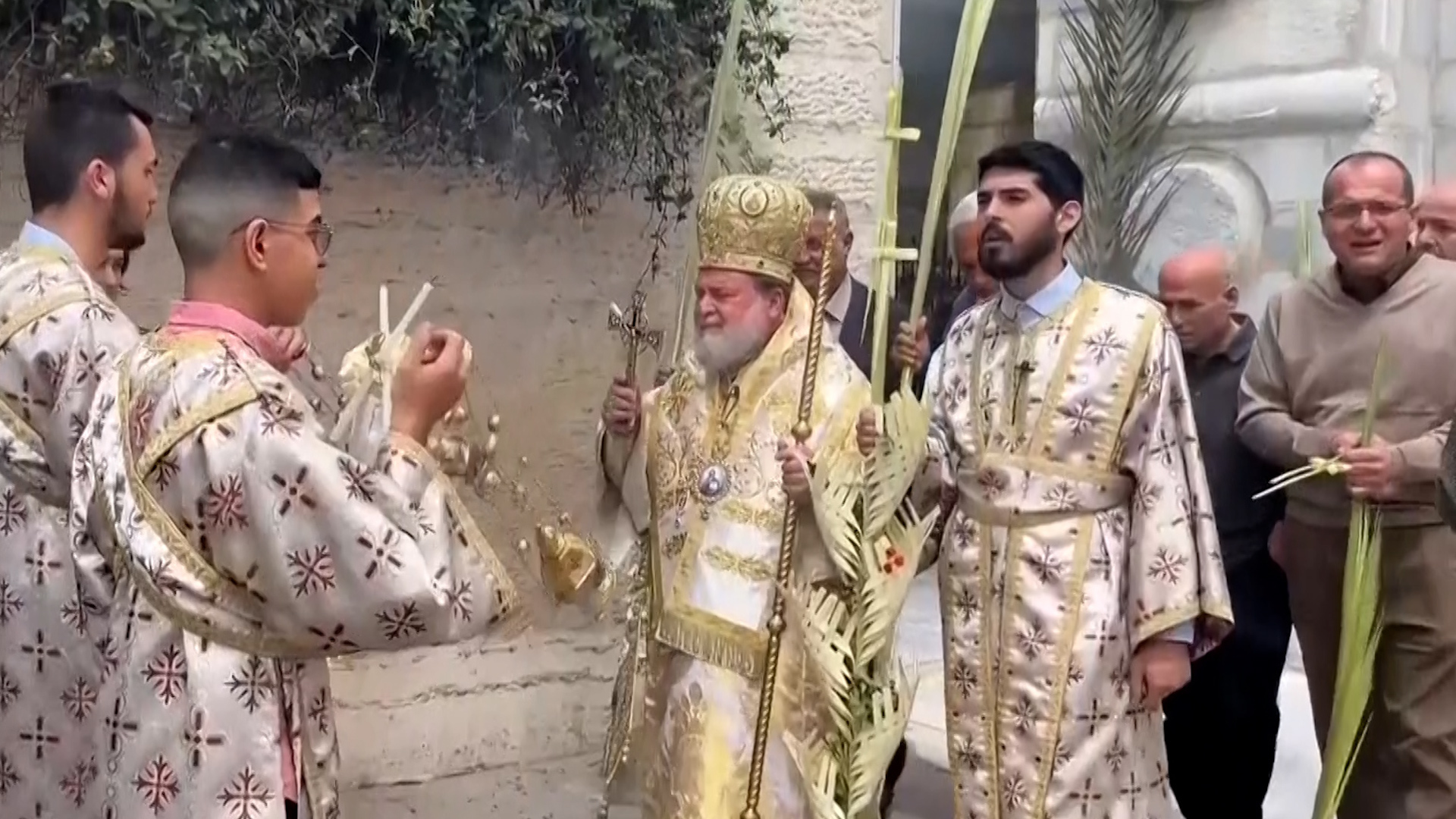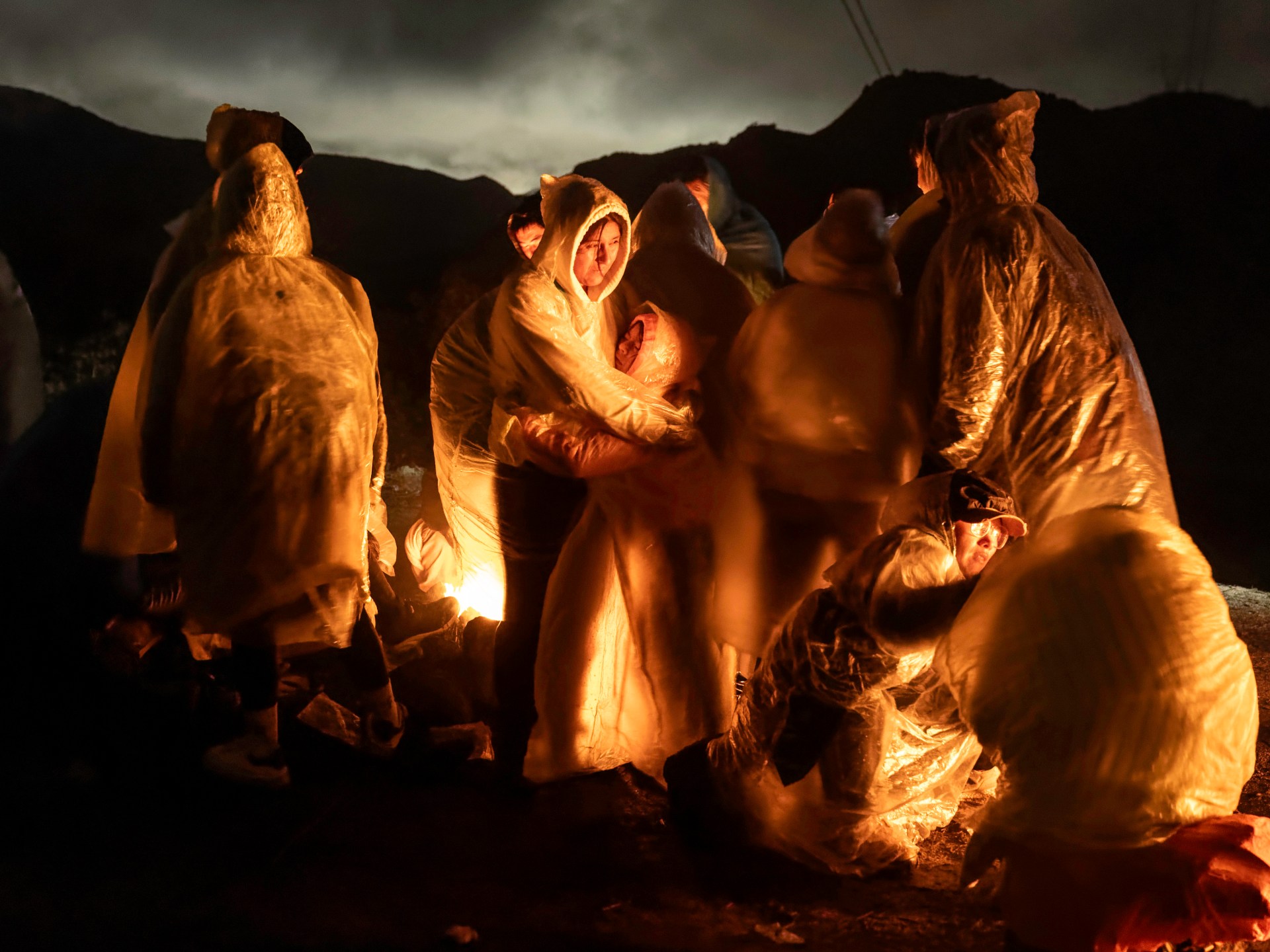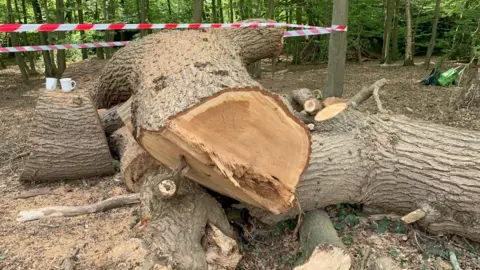Oban is a resort town with a population which swells to three times its size during the high season, when people from far and wide stop by for a whole host of different holiday reasons
Oban, a coastal town in Argyll and Bute, Scotland, is not only picturesque but also a hotspot for fish and chips. This resort town sees its population triple during the peak season as visitors from all corners of the globe come for various holiday pursuits.
I visited Oban as part of a trip to the Hebrides, first stopping at the beautiful island of Lismore – one of the few remaining places in the UK with ancient rainforest and renowned for its diverse flora – and then onto the Isle of Coll, which hosted Detour Disco last year, writes the Mirror’s Milo Boyd. While on Coll, a guide couple from Tartan Tours showed us around the island, sharing interesting facts about the landscape and explaining that much of their work involves guiding American retirees around Oban and its surroundings.
READ MORE: Top-rated teeth whitening strips currently 30% off in ‘cheaper than Amazon’ Easter sale
The coastal town serves as a hub for those keen to explore their Scottish heritage, given its close proximity to ancient forts Tefour Broch and Castle Coeffin. The countryside around the town was once the territory of Clan MacDougall, who ruled over much of the Hebrides.
Oban’s moniker, ‘the gateway to the Highlands’, and the sight of Americans strolling its streets and examining tartan biscuit tins in the many souvenir shops, clearly attest to its reputation.
Unlike other popular tourist spots such as North Coast 500 stops or Pitlochry, where Highland Coo fridge magnets and kilt shops are abundant, Oban maintains a tolerable level of such trappings.
In essence, it has the vibrancy of a frequented destination but also retains the feel of a place that is lived and worked in during the off-peak season.
During my stay, I dined at the Olive Garden restaurant, a charming Italian establishment located on the docks, and at the Taj Mahal curry house, which served us generously portioned meals after a long, significantly delayed train journey from London. If you find yourself in Oban, not visiting one of the local chip shops would be a missed opportunity.
The exceptional quality of its fried food outlets and the freshness of the seafood they offer have earned Oban a place on Tripadvisor’s list of the UK’s top eight fish and chip shops.
“In most British coastal towns, you’re never more than a stone’s throw from a fish and chip shop, but Oban – which derives its name from the Gaelic term for ‘little bay’ – is so blessed with the bounty of the surrounding waters that it’s been dubbed ‘the seafood capital of Scotland‘,” says the travel review website.
“The area’s bracingly chilly inlets teem with langoustines, lobsters, oysters, scallops, and mussels, which can be enjoyed in restaurants like the Michelin-recommended Etive and the tartan-carpeted dining room at The Manor House Hotel Oban, which occupies the 1780 Georgian estate of the 5th Duke of Argyll.
“Also dating back to the 18th century: The Oban Distillery, one of the smallest in Scotland, celebrated for its Highland-style single-malt whiskey.”
While there is much to do in the town – including stopping for a pint on the dockside, 234-year-old Oban Inn – its strength as a destination is found in the easy access it offers both to the Highlands and to the Hebrides.
Many passenger and car ferries leave from the docks each day, heading to many of the islands to the top of the chain.


